Idea by
Marylynn Pauline Antaki
Call for ideas 2017
The House of Houses
The House of Houses
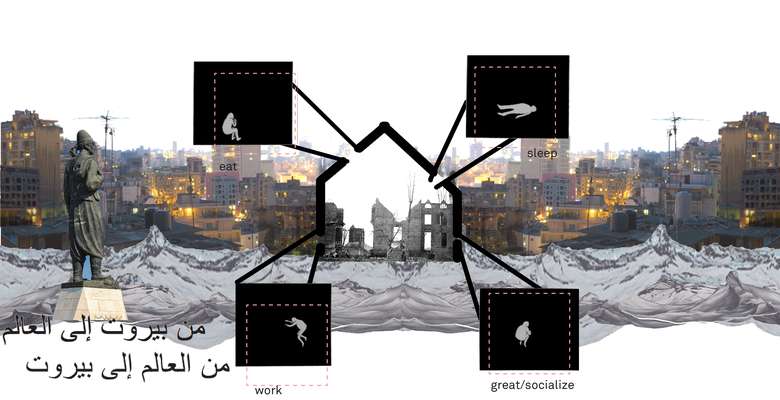
The project presents a process-oriented approach, an investigation of the Spaces that Remain in our mind and an attempt to connect them to the Space that remains physically. With this initiates an exploration within the themes of home, identity, belonging and longing, in the context of a globalized condition. It is a response to the existential question “to Stay or to Leave?” that us Lebanese and citizens of unstable places often face. A House of Houses engages with the design of architecture through the act of storytelling and remembrance. A redefined Exquisite Cadaver led to the collection of several narratives offering a different reading and representation of the same space. These were deconstructed into elements, moving from a personal subjective attachment to a house, towards a more objective treatment of the elements forming its parts, which symbolized not only the spaces that remain from one house, but from the House that anyone who left his home could relate and come back to.
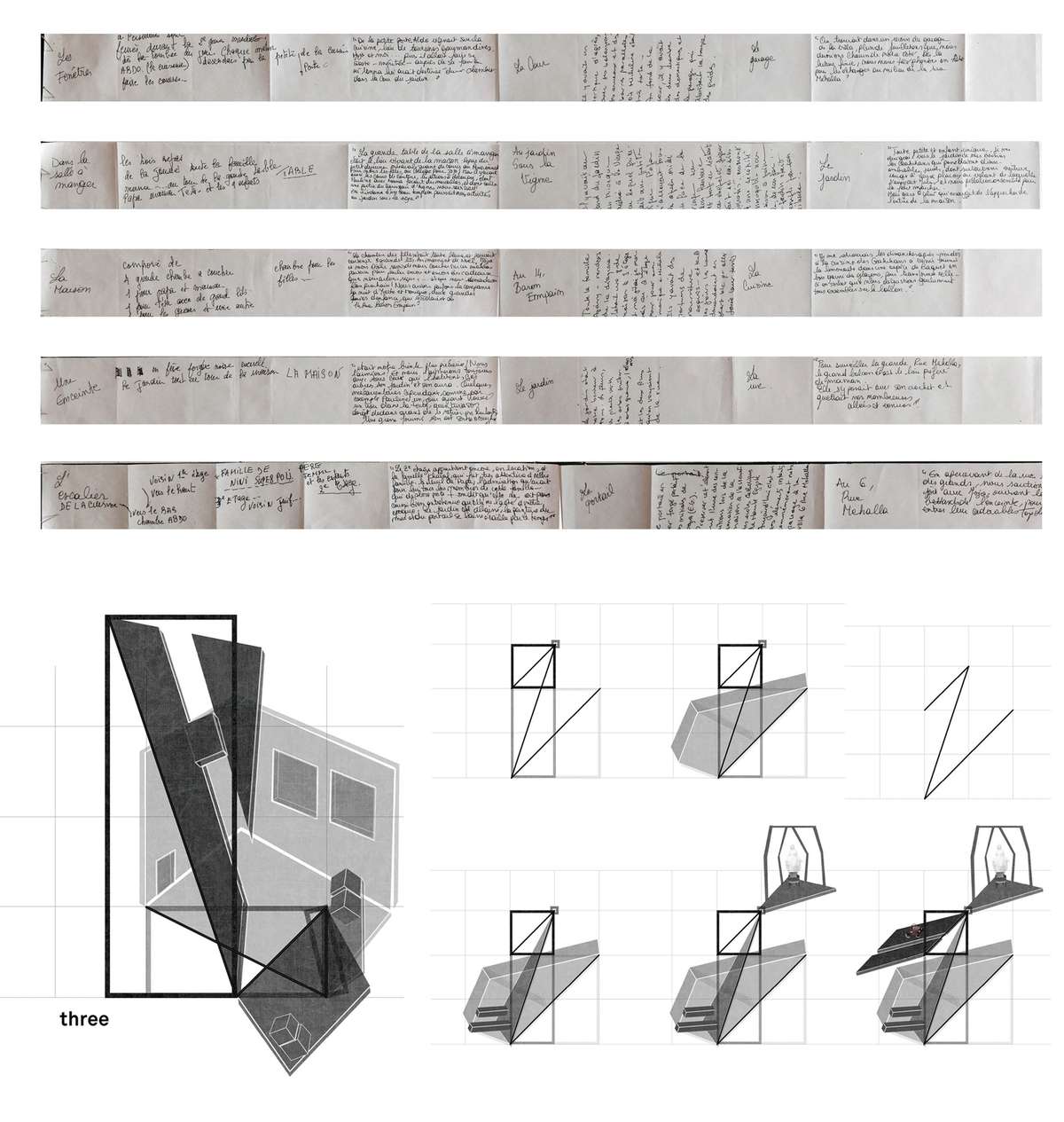
The deconstruction happened through several transcriptions. After collecting memories through a redefined Exquisite Cadaver six narratives resulted offering a different reading and representation of the same space. Each transcription followed a set of pre-defined rules, and took the narratives from words to mappings, to grids, to folded grids and finally into a set of extruded grids. The last construction phase ended with a series of six models.
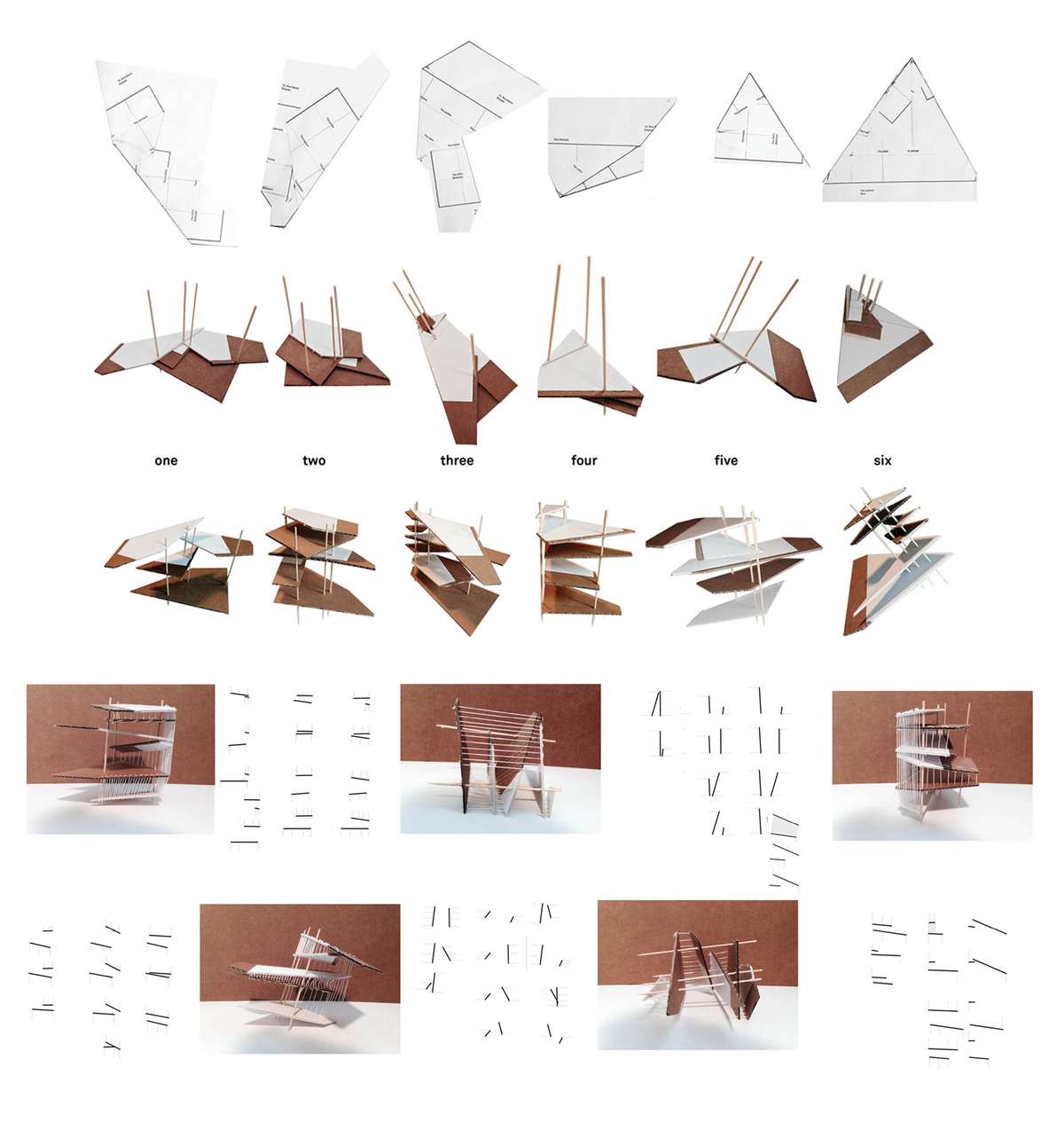
As the deconstruction was taking place, a move was happening from the personal subjective attachment to the house, towards a more objective treatment of the elements, which symbolized not only the spaces that remain from this house, but the House that everyone who left his home could relate and come back to.
These smallest entities, categorized into pivots, anchor points, primary stations and links will be the starting point of the construction of a House of Houses.
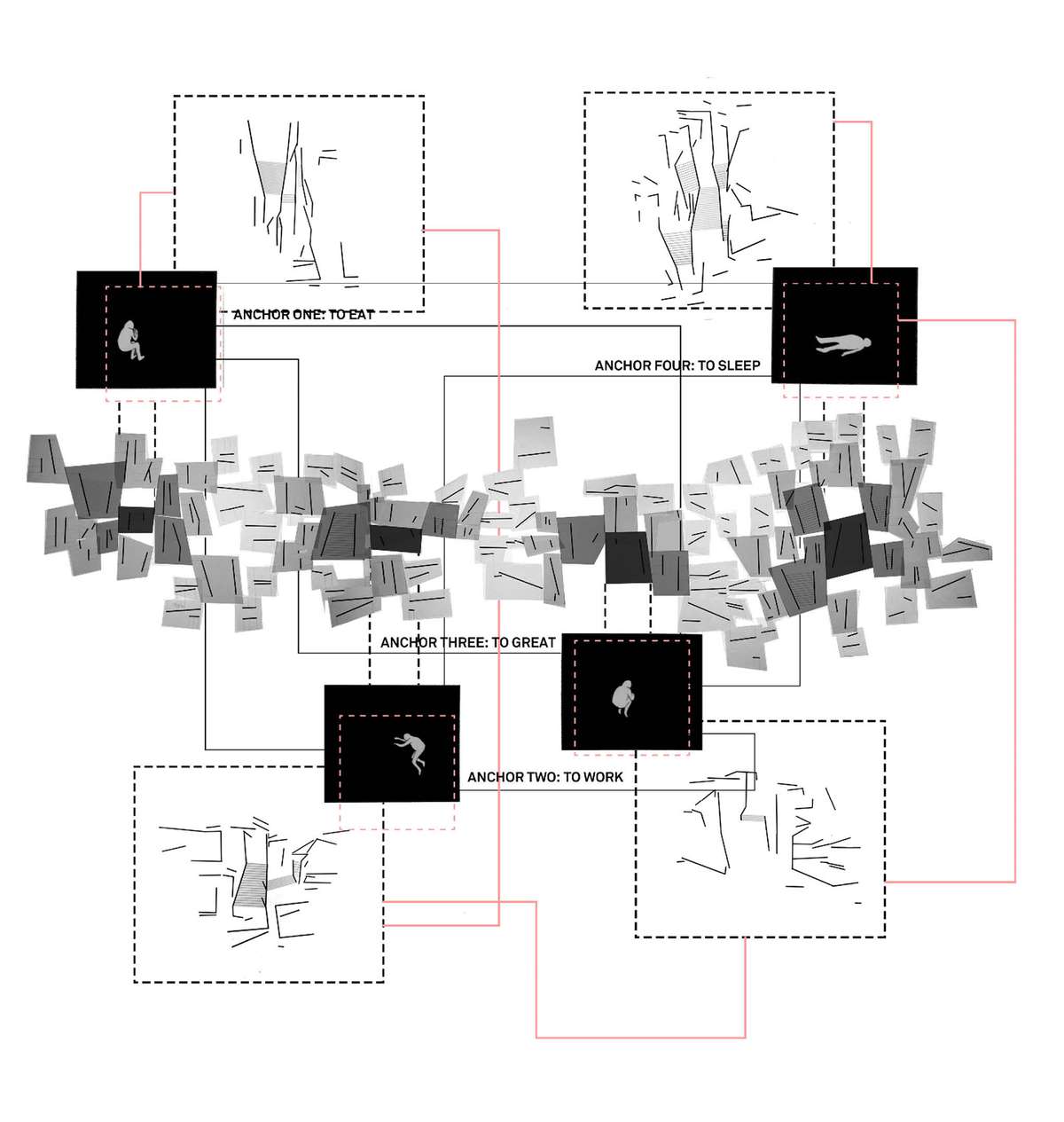
The first step consisted in anchoring each of the anchor points which where then linked to an action that takes place in a house, blown up to an urban public scale. To sleep, to Eat, to Work and to Greet were translated into housings, market and restaurant quarters, a library and office spaces. These functions, strategically located on the site, take part in several journeys open to the public.
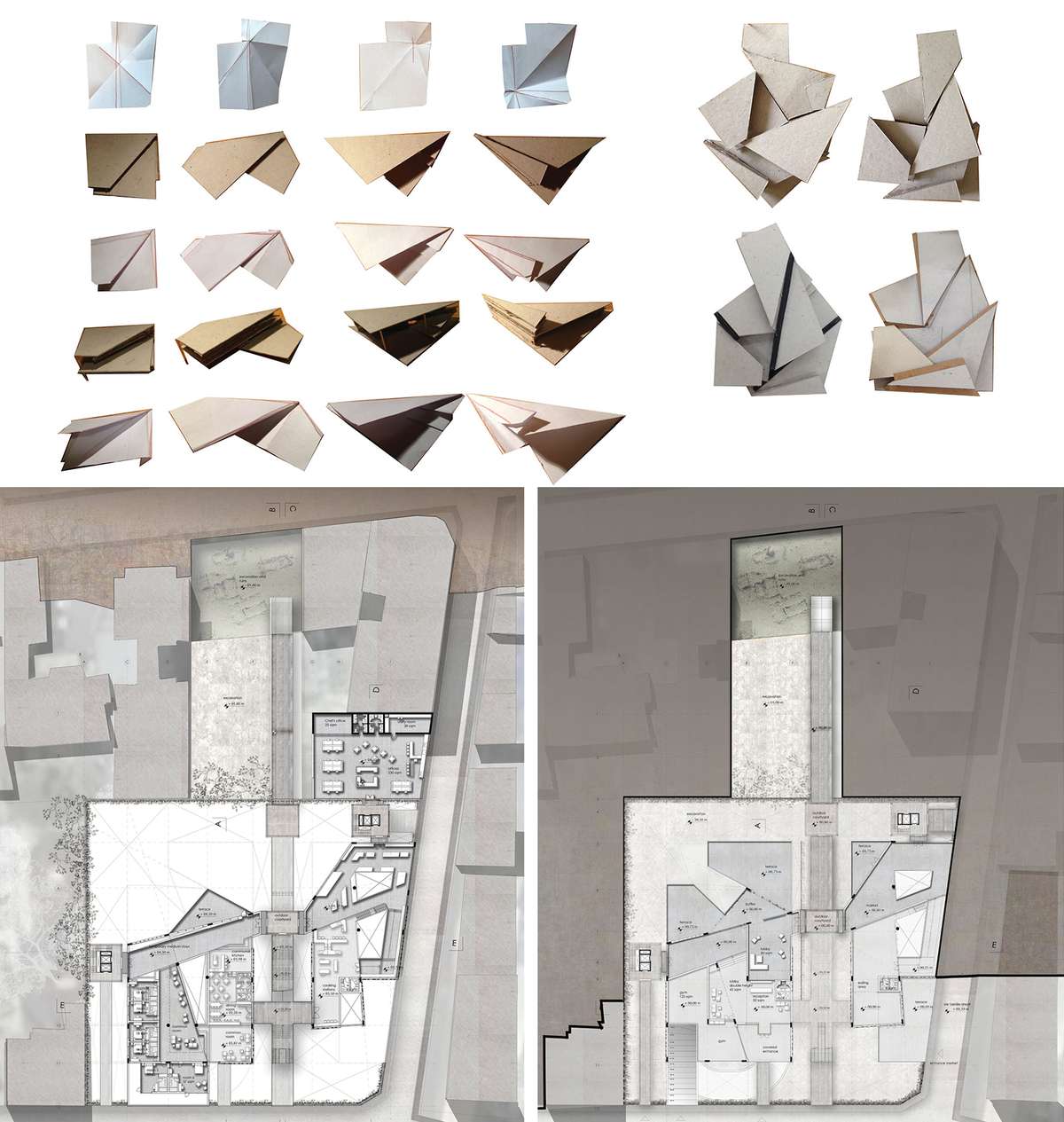
Several readings of the site were made from its physical aspect, its historical evolution and its surrounding. Grids were extracted then overlaid and treated. Hierarchies were formed, a folding process occurred again dictating the location of these main elements extracted from the former analysis starting from the pivots to the anchor points, primary stations to the links in between.
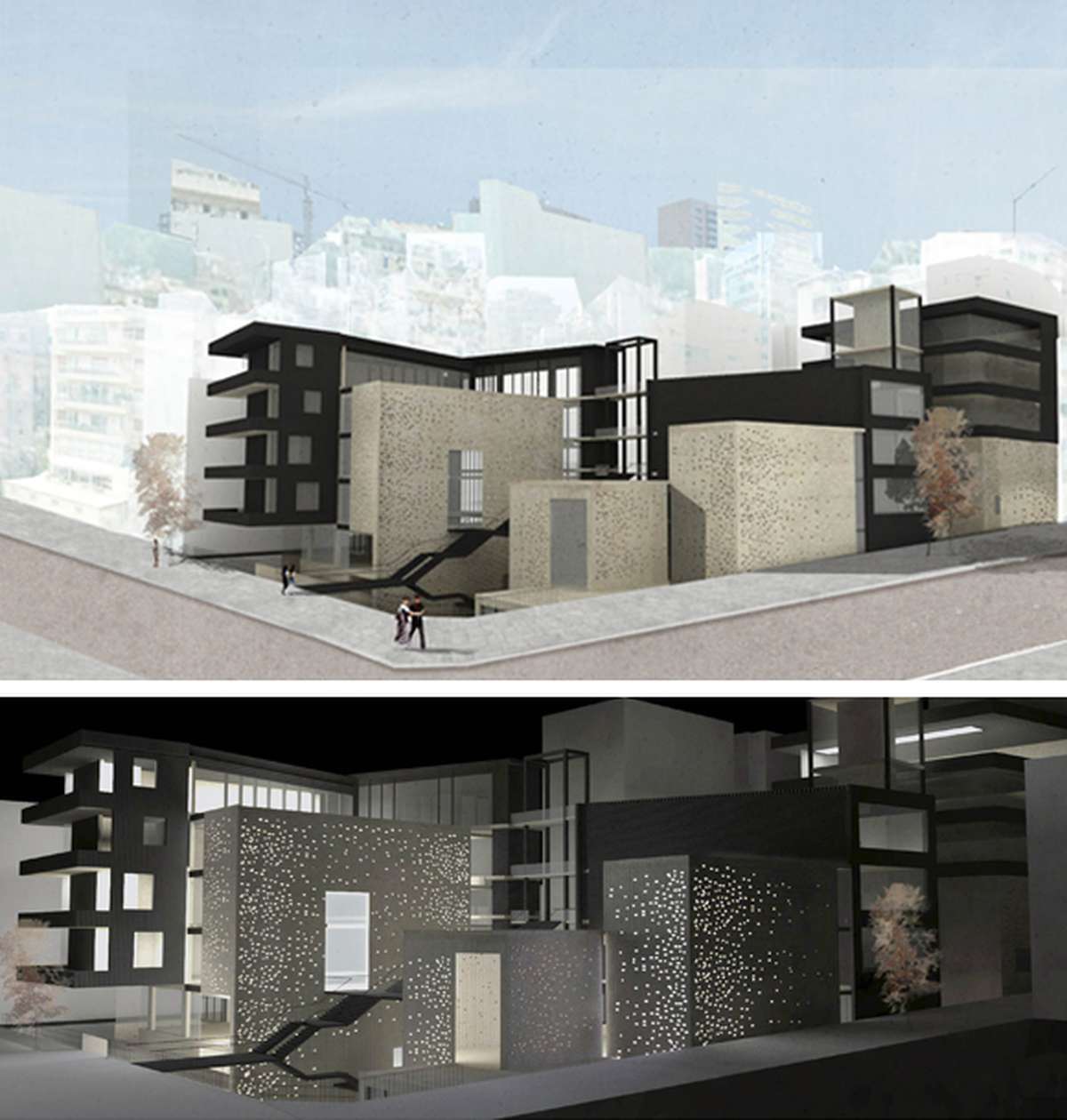
This is the house of houses, the house of the present, and the future, built through and from the house of the past. It is a One and Only space that houses different identities, people, and spaces.
The House of Houses
The House of Houses

The project presents a process-oriented approach, an investigation of the Spaces that Remain in our mind and an attempt to connect them to the Space that remains physically. With this initiates an exploration within the themes of home, identity, belonging and longing, in the context of a globalized condition. It is a response to the existential question “to Stay or to Leave?” that us Lebanese and citizens of unstable places often face. A House of Houses engages with the design of architecture through the act of storytelling and remembrance. A redefined Exquisite Cadaver led to the collection of several narratives offering a different reading and representation of the same space. These were deconstructed into elements, moving from a personal subjective attachment to a house, towards a more objective treatment of the elements forming its parts, which symbolized not only the spaces that remain from one house, but from the House that anyone who left his home could relate and come back to.
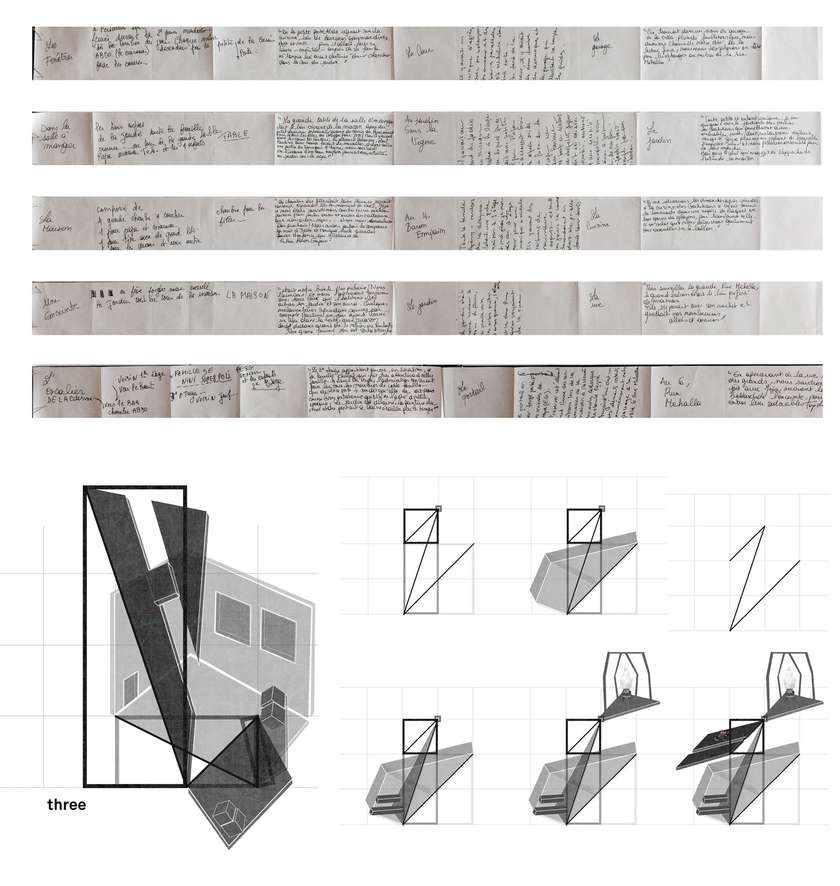
The deconstruction happened through several transcriptions. After collecting memories through a redefined Exquisite Cadaver six narratives resulted offering a different reading and representation of the same space. Each transcription followed a set of pre-defined rules, and took the narratives from words to mappings, to grids, to folded grids and finally into a set of extruded grids. The last construction phase ended with a series of six models.
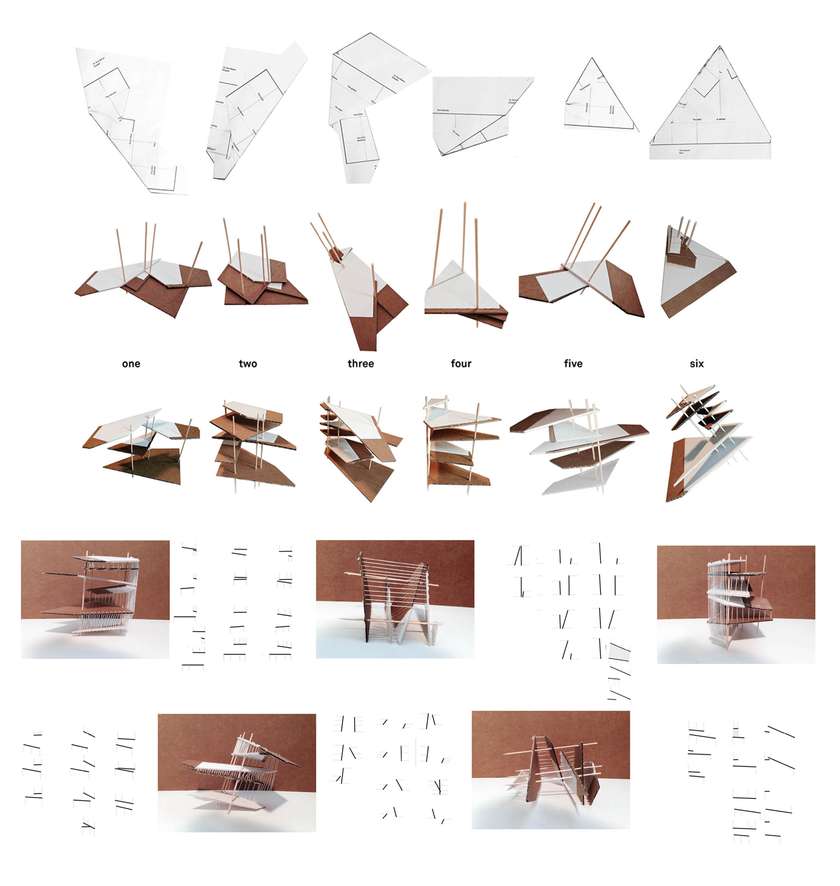
As the deconstruction was taking place, a move was happening from the personal subjective attachment to the house, towards a more objective treatment of the elements, which symbolized not only the spaces that remain from this house, but the House that everyone who left his home could relate and come back to.
These smallest entities, categorized into pivots, anchor points, primary stations and links will be the starting point of the construction of a House of Houses.
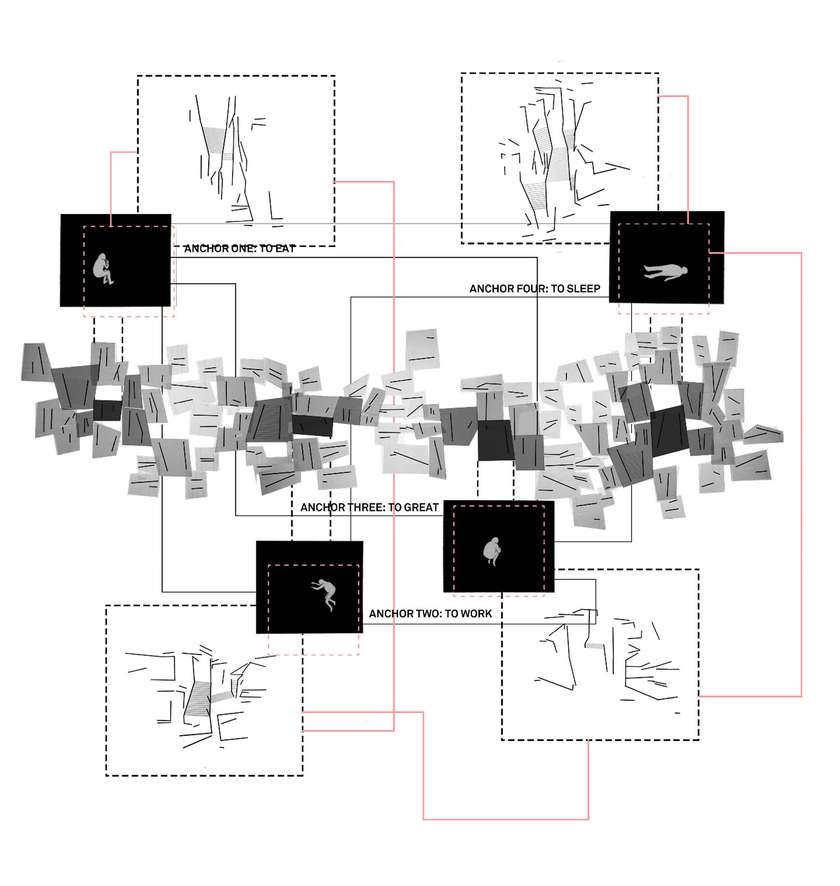
The first step consisted in anchoring each of the anchor points which where then linked to an action that takes place in a house, blown up to an urban public scale. To sleep, to Eat, to Work and to Greet were translated into housings, market and restaurant quarters, a library and office spaces. These functions, strategically located on the site, take part in several journeys open to the public.
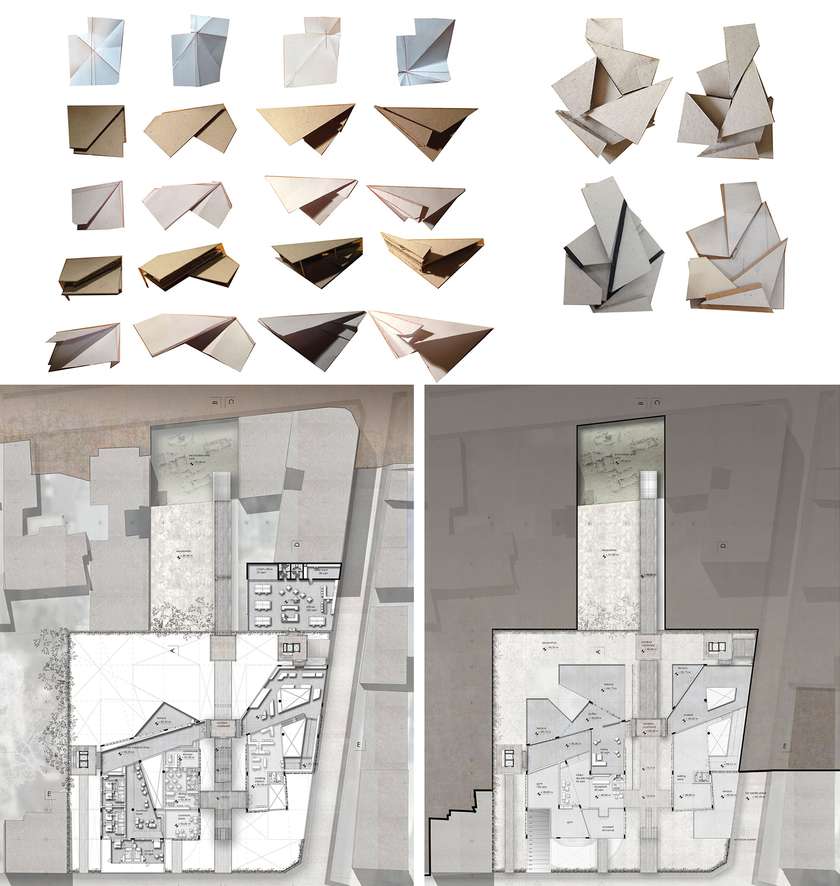
Several readings of the site were made from its physical aspect, its historical evolution and its surrounding. Grids were extracted then overlaid and treated. Hierarchies were formed, a folding process occurred again dictating the location of these main elements extracted from the former analysis starting from the pivots to the anchor points, primary stations to the links in between.

This is the house of houses, the house of the present, and the future, built through and from the house of the past. It is a One and Only space that houses different identities, people, and spaces.